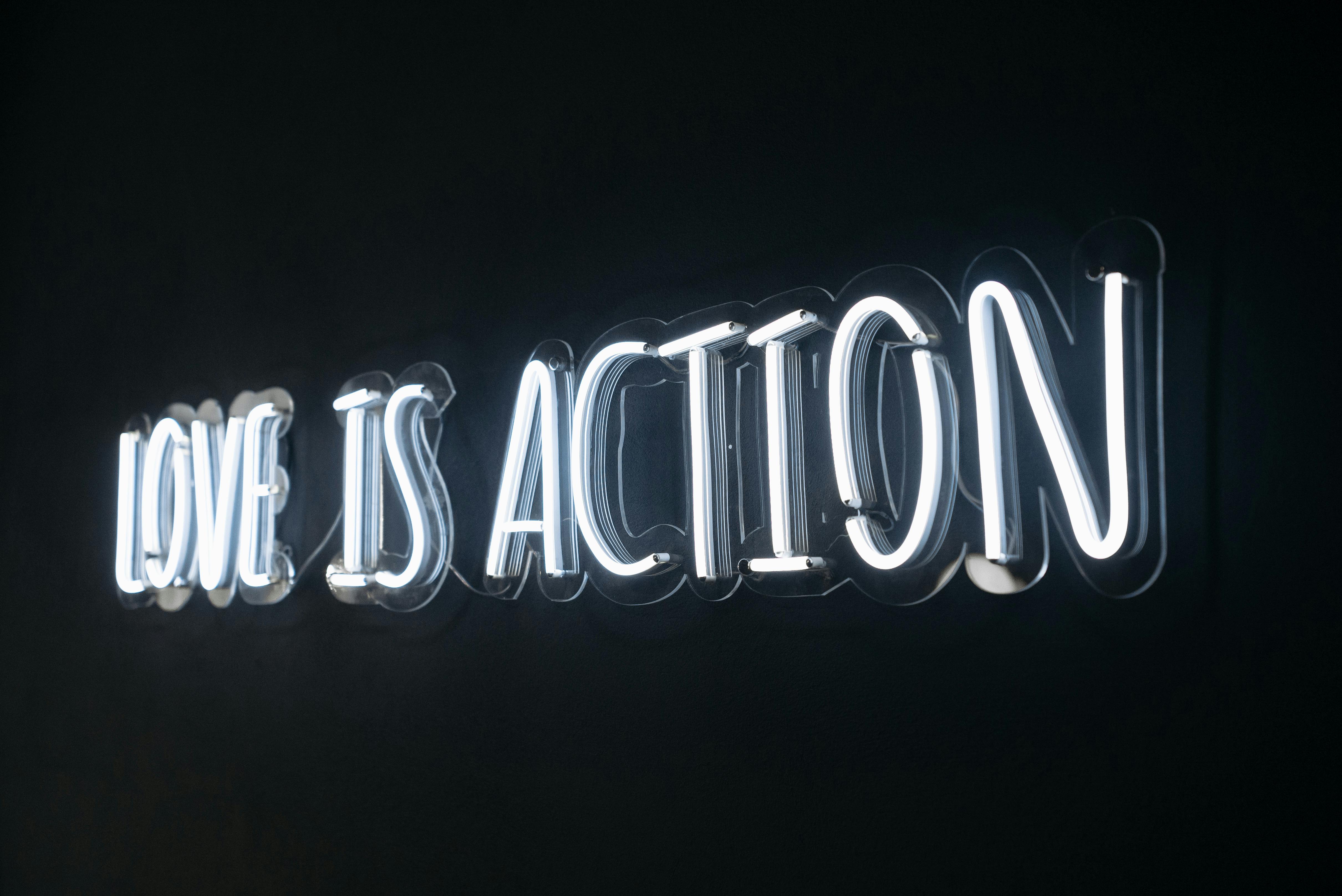My curiosity was piqued when I saw the article titled “Amazon CEO Jeff Bezos Made His Top Executives Read These Three Books.” Bezos is an avid reader, and last summer he hosted all-day (yes, all-day!) book clubs with top Amazon executives. Bezos said that he used these books as frameworks to outline the future of the company, and one of the books they read and discussed was The Goal.
Subtitled “A Process of Continual Improvement,” the first edition of The Goal was printed in 1984. Written as a novel, it is about a process of continual improvement; based on a company’s manufacturing operations but relevant to all organizations because it’s about people trying to understand what makes their world work so they can make it better. As the characters “think logically and coherently about their problems, they can determine the ’cause and effect’ relationships between their actions and the results.”
In the story, the management team of the manufacturing operation is fighting to return a once-successful plant to profitability so that it doesn’t get shut down by ownership.
Shipments are constantly late and there are months of backlogs in production, but finished goods and work-in-process inventories are skyrocketing. Collectively, they wonder why they can’t get a quality product out on time at a cost that can beat the competition.
With three months to get the plant up and running, the plant manager turns to a manufacturing guru who has a unique and potentially risky approach to tackling the issues. First, he takes what can be a complicated topic, productivity, and defines it simply as the act of bringing a company closer to its goal. “Any action that brings a company closer to its goal is productive. Any action that does not bring a company closer to its goal is not productive.” This begs the question: What is the goal?
The plant manager wonders if the goal is profitable purchasing, employing good people, high technology, producing quality products, capturing market share, customer satisfaction, etc. He ultimately decides that making money is the appropriate goal, and therefore, by the guru’s definition of productivity, an action that moves the plant toward making money is productive. And an action that takes away money is not productive.
The management team agrees on three metrics to determine if the plant is making money: net profit, return on investment (ROI), and cash flow. It becomes obvious, then, that it is critical to build a connection between these three measures and what happens in the plant… down to every employee in the plant. Higher throughput, lower inventories and reduced operating expenses become your focus areas to improve plant profitability.
The rest of the story involves the factory management team and workers employing new methods to identify and address performance bottlenecks (called “finding Herbie”), understand dependent and independent events, and analyze statistical fluctuations. The factory reaches incredible new levels of profitability and the plant manager gets a well-deserved promotion.
Some lessons the plant manager and his management team learned along the way:
- That the people who work or the machines that work and make money are not necessarily the same. In other words, making an employee work and profiting from that work are potentially two different things. In the story, the guru says that “activating a resource and using a resource are not synonyms.” [How much unproductive activity do you have in your organization?]
- The true bottlenecks are any resource whose capacity is equal to or less than the demand placed on it. And a non-bottleneck is any resource whose capacity is greater than the demand placed on it. [Where are the “bad” bottlenecks in your company?]
- That bottlenecks are not necessarily good or bad, they are simply a reality and should be evaluated to determine if they help or hinder overall system performance. [Do you know which of your bottlenecks are good and which are bad?]
- That the capacity of the plant is equal to the capacity of its bottlenecks. [Think of it as a group of hikers who can only progress as quickly as the slowest walker. Or that a team is only as strong as its weakest member.]
- Improvement requires changes. And change means uncertainty which translates into fear. “We ventured from what is safe and known to what is unknown, a move most people are afraid to make.” It is part of human nature to strive for control, predictability, and certainty. [How much of what you do is actually directed against change?]
- That, in reality, a small number of constraints govern the overall performance. [Do you know the key constraints that are holding you or your organization back?]
- Don’t focus all your energy on the improvements themselves, but on the improvement process. [Thus the book’s subtitle “A Process of Ongoing Improvement.” Is continual improvement in your organization’s DNA?]
- You need to know what your goal is before you can optimize a system (for example, yourself, a factory, a team, a company, etc.). Otherwise, there is likely to be a lot of unproductive activity. [What is your goal? Do you really know what it is? And are you on the right path to accomplish it?]
Good luck finding your “Herbies” (constraints, bottlenecks, obstacles) and addressing them to make your path to success easier.
